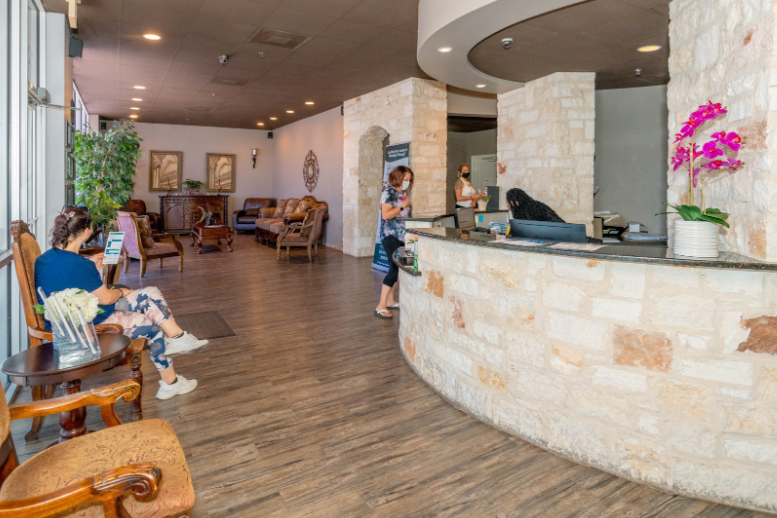Massage therapy is much more than learning how to perform a relaxing massage. It is a science and an art that requires a deep understanding of human anatomy, physiology, and therapeutic techniques. Students enrolling in schools for massage embark on a comprehensive journey that blends academic knowledge with practical skills. Whether you’re exploring massage schools near me or researching specialized programs, understanding what the curriculum includes can help you make an informed decision.
The Foundation: Anatomy and Physiology
At the core of every massage school is an in-depth study of anatomy and physiology. Students learn about the structure and function of the human body — including muscles, bones, joints, and organ systems. This foundational knowledge helps future therapists understand how the body works and how different massage techniques can affect it.
Key areas of focus include:
- Muscular system: Students learn about muscle groups, attachment points, and how to identify muscular dysfunctions.
- Skeletal system: Understanding bone landmarks and joint movements helps therapists perform accurate assessments.
- Nervous system: Since massage therapy interacts directly with the nervous system, learning about neural pathways and reflex responses is crucial.
- Circulatory and lymphatic systems: Students study how massage can improve blood flow, reduce swelling, and enhance overall wellness.
This scientific foundation ensures that graduates can provide safe, effective treatments tailored to each client’s needs.
The Art of Touch: Massage Techniques and Modalities
One of the most engaging aspects of massage schools for massage students is mastering hands-on techniques. Programs typically begin with Swedish massage, the most widely practiced form in Western countries. This technique introduces students to essential strokes such as effleurage, petrissage, friction, and tapotement.
Once the basics are mastered, students move on to specialized modalities such as:
- Deep Tissue Massage: Focused on targeting deeper layers of muscle and connective tissue to relieve chronic tension.
- Sports Massage: Designed for athletes to enhance performance, prevent injury, and promote recovery.
- Prenatal Massage: Tailored for expectant mothers, emphasizing safety and comfort.
- Trigger Point Therapy: Concentrates on specific knots in muscles that cause pain and tension.
- Reflexology and Shiatsu: Eastern-inspired modalities that integrate energy meridians and pressure points.
Through guided practice and feedback, students learn how to adapt techniques for various body types, conditions, and preferences.
Ethics, Communication, and Professionalism
Top massage schools emphasize the importance of ethics and professionalism. Students are taught how to maintain proper boundaries, respect client privacy, and ensure a safe, comfortable environment. Courses in communication skills help future therapists build trust and clearly explain treatment plans to clients.
Ethics courses often explore topics such as:
- Informed consent and confidentiality
- Client-therapist boundaries
- Cultural sensitivity and inclusivity
- Professional conduct and dress codes
By instilling these values, massage school programs prepare students not just to perform massages, but to operate ethically and professionally in any setting — from spas to healthcare clinics.
Hands-On Clinical Experience
Perhaps the most transformative part of massage school is the clinical practicum. Under the supervision of instructors, students work with real clients in a controlled environment. This experience bridges the gap between classroom learning and professional practice.
Clinical training allows students to:
- Apply learned techniques in real-world scenarios
- Develop time management and communication skills
- Receive constructive feedback from mentors
- Build confidence in handling diverse client needs
These practical sessions are often what set top massage schools near me apart — offering robust, supervised experience that prepares students for certification exams and career success.
Conclusion
Choosing the right massage school means selecting a program that offers both scientific depth and practical experience. The anatomy and physiology courses lay the groundwork, while technique training and clinical practice bring that knowledge to life. Ethics, professionalism, and business education ensure graduates are ready to serve clients with skill and integrity. Whether you’re exploring massage schools near me or considering relocation for better opportunities, understanding the full anatomy of a massage therapy curriculum helps guide your journey toward a rewarding wellness career. For those seeking exceptional training opportunities in Texas, a massage school in San Antonio may offer the ideal combination of quality education and professional growth.





